Slouching Toward Endemicity

Is that the sound of normalcy I’m hearing out there? Ever more authors and sources admitting that the virus is a medical problem that cannot be addressed or solved through politicized “mitigation measures.” This is what I’m reading between the lines of such news stories as this one:
Early in the pandemic, many people seized on the hope that Covid-19 could be stopped in its tracks and buried for good once vaccines rolled out. But hope for a zero-Covid country fizzled for most scientists long ago.
That amounts to a gigantic change in outlook and a terrifying illustration of egregious failure. It’s a sign of exhaustion and the realization of the futility of the battle. In this US in any case (if not in many other countries). But it had to come eventually.
Consider that Covid cases in both New York and Florida have reached record levels, and at some point increases in deaths are likely to follow, though not as bad as prior seasons. With both states dealing with similar trends, there is no point in the exhausting game of finger pointing that’s been going on for so long.
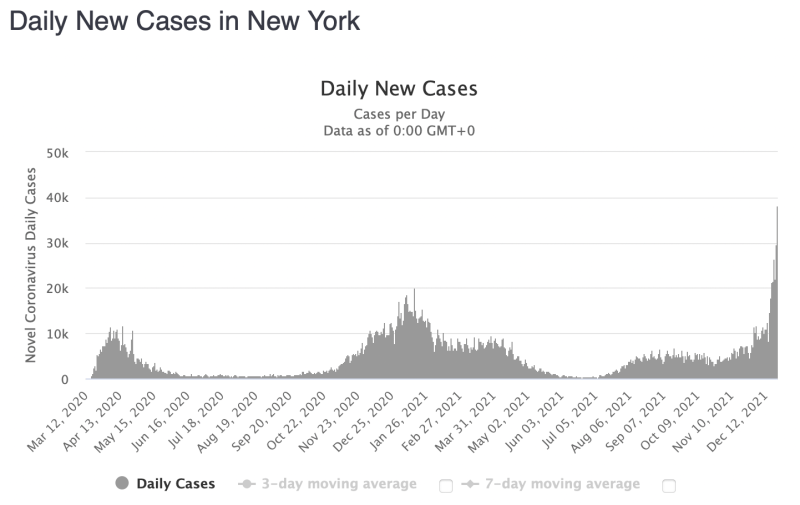
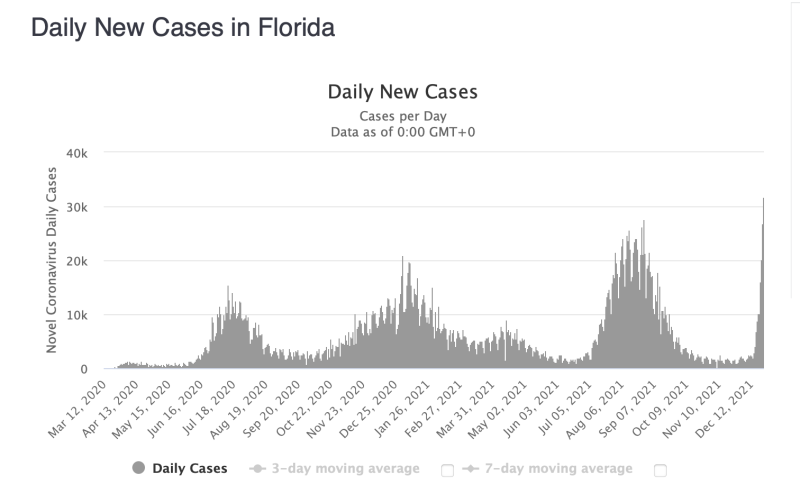
Or we can look elsewhere, regardless of “stringencies” or openness.
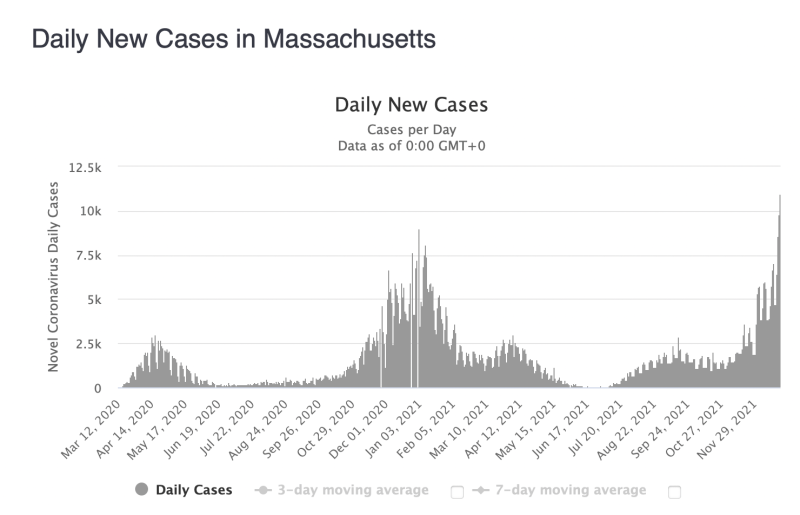
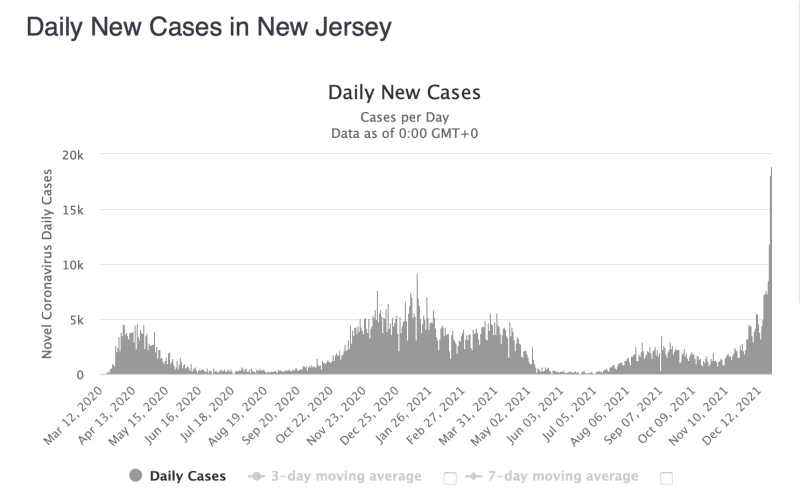
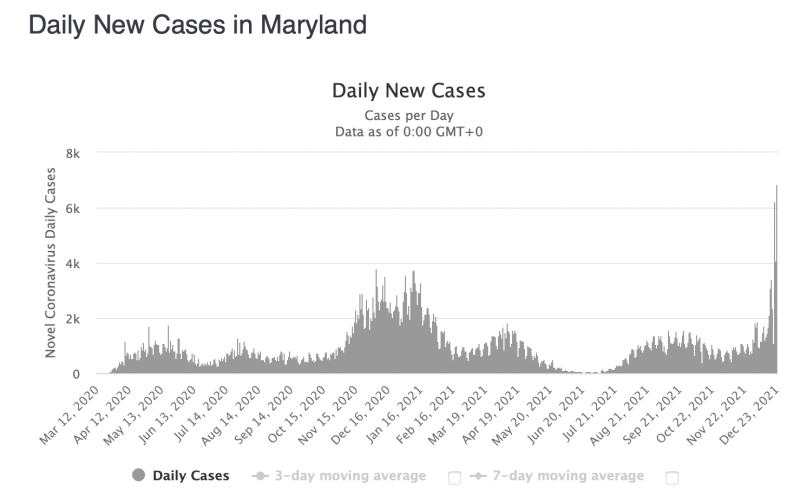
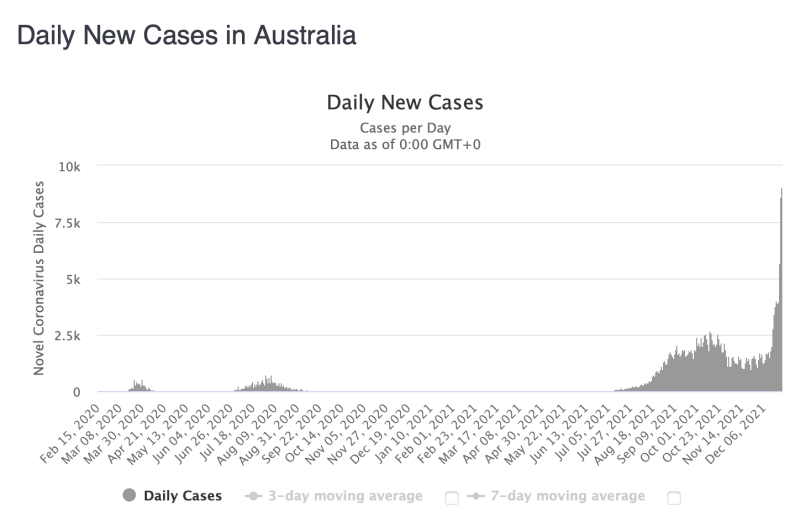
The charts themselves are a picture of astonishing policy failure: not the failure to stop the virus but rather the belief and policy that imagined that doing so was possible at all. The virus is still here and still on a seasonal march, perhaps causing less damage than in the past but it really does raise the burning question: what precisely was accomplished by almost two years of massive compulsory upheaval?
In the last several months, we’ve seen the hysterics and rhetoric dialed back a bit. It’s been a long time since I’ve read any published millenarian fantasies of beating this virus into submission or oblivion. We’ve come a long way since March 2020, when Dr. Fauci and Dr. Birx talked Trump into announcing two weeks to flatten the curve. Trump actually went further that day and expressed his view that he would “defeat the virus,” “taking a tough stance” to “get rid of the virus.”
This is the hidden meaning behind the White House’s new line that “This is not March 2020.” What precisely makes it different? A major part of the difference is the growing realization that the attempt to use state measures to “get rid of” the virus or control its seasonality was completely delusional.
Trump was hardly alone in believing this – and he eventually came around to a different view – but it locked nearly the whole country into a pattern of control to suppress. It kept not working. The result was not humility and apology but more control. Then various nostrums swept the country from plexiglass to distancing to masking to a generalized pathogenic paranoia that disabled the capacity of markets and society to work. Astonishingly, once this command-and-control method had taken hold, there seemed to be no way out, not just in the US but all over the world.
From the beginning, the opponents of lockdowns – hundreds of thousands and even millions of scientists and doctors and lay people – had a different view. They said the way to approach a new virus is with critical intelligence. Discover the demographic impact (we knew this since February 2020 if not earlier), urge protection for those who could face severe outcomes, and otherwise allow people to go about their lives. The goal is not suppression of this highly transmissible virus (that has never happened) but living with it. We should confront this with science, not political bludgeons. In other words, the best approach was traditional public health as we saw used in 1968-69 and 1957-58.
Who was right? It seems overwhelmingly obvious. The ambition to wipe out the virus in two weeks or permanently “slow the spread” only prolonged the pain. Older people had to be isolated much longer. Younger people who never should have faced lockdowns at all were denied normal lives, including two years of educational losses. The ensuing public health calamity will vex us for decades hence.
Already in February 2021, a survey of scientists had admitted that Covid would be endemic; that is, something we live with forever and manage the best we can. In other words, the same way we deal with other respiratory viruses. If it is not fundamentally threatening you, you sleep it off, take your vitamins, tea and soup, give it a few days, and then you bounce back. If it is worse, you go to the doctor, who can take it from there, hopefully with therapeutics. Health and disease are individual matters, not something dealt with by draconian government impositions, lockdowns, closures, restrictions, and so on.
This is precisely what competent epidemiologists were saying all along. It would take the well-known and well-studied course, same as with previous panics. We should learn from the successes of the past. Treat the sick. Confront the virus with wisdom and prudence. Older people should follow the traditional advice during flu season and avoid large crowds, waiting for it to pass. With a new virus such as this, vulnerable people should wait for the arrival of herd immunity which comes in time.
Something went very haywire in March 2020. The response was without precedent. Over the course of these two years, we have heard so many reasons. There was some objective, some goal. Actually there were many, most of them contradictory. For example, I just reread my view of lockdown architect Jeremy Farrar’s book. It’s not an easy book to review simply because it doesn’t have a thesis other than the author is always correct. He says lockdowns are necessary but says that they don’t achieve final virus suppression. What exactly are they supposed to achieve? He is never clear, beyond invoking various metaphors like “circuit breakers” and so on.
Of course, there is the claim that it was all to preserve hospital capacity. I cannot speak to the UK case here but in the US, every governor took over hospital management and basically locked them down for Covid-only patients. It was extremely presumptuous, as if the government knows for sure how many people are going to show up and knows better how to ration resources. We know what happened. Hospitals all over the country were largely empty waiting for Covid to arrive. It eventually did arrive but not on the politicians’ timelines.
There is also the great excuse that the purpose of the lockdowns was to wait for the vaccine, a claim made to me by Rajeev Venkayya, who was instrumental in pushing lockdowns during the presidency of George W. Bush. I kept asking him what happens to the virus. He said that the vaccine will wipe it out.
The trouble here should be more than obvious: with this sort of virus, the benefits of a vaccine are likely limited only to forestalling severe outcomes, not stopping infection or spread. That realization was devastating to so many people simply because everyone from the president to the CDC director and everyone down the chain of command all said that the vaccines would stop the pandemic. It did not.
After two years of this exhausting disaster, it does finally seem as if the light is appearing through the dark fog. We are slouching our way to endemicity. Over time, too, the wisdom and reasonableness of the Great Barrington Declaration will be widely granted. Not yet but in time.
It’s too bad that we aren’t hearing apologies. We aren’t hearing people admit that they were wrong. We are seeing none of these experts who said they would give us a Covid-free world if we just let them control our lives and take our liberties. I do think such apologies right now would take the country and the world a long way down the path to healing.
What we have instead is a traumatized people who wonder what the heck hit them for the last two years. It’s bad enough to deal with a nasty virus. It’s far worse to deal with the sudden end of the stream of life as we know it and then have nothing to show for it.
Trust is gone and will stay that way for a very long time. The longer the experts who did this to the world refuse to acknowledge and admit their failure, the longer the healing will take.
Reprinted with permission of Brownstone Institute.